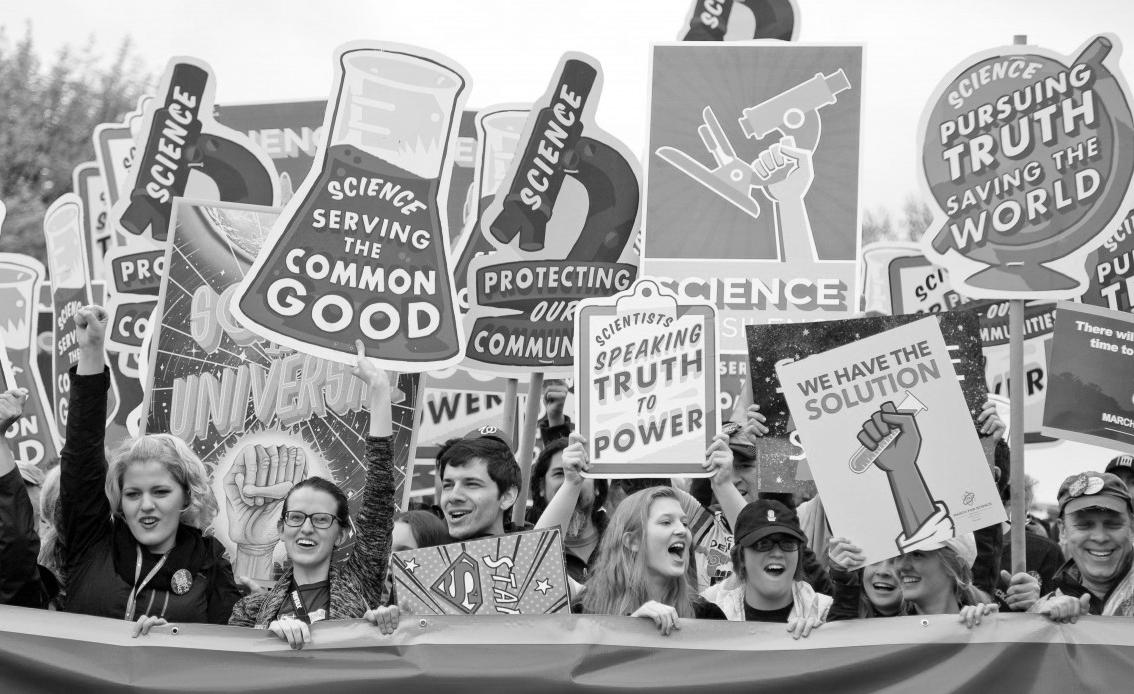Columns
The Ugly Side of Fashion: How the Industry Harms People of Color Grace Horne / Political Science 2023
I
n December 2018, luxury fashion brand Prada released a collection of “fantasy charms” that critics say were inspired by blackface.[1][2] The products, which Prada claimed were “imaginary creatures,” resemble black monkeys with bright red lips—seemingly a callback to nineteenth-century minstrel shows.[3][4] Following immediate social media backlash, most notably from civil rights lawyer Chinyere Ezie, the company apologized: “#Prada Group abhors racist imagery.”[5][6] However, their tweet does not make up for their racism, at least not in the eyes of the law. In February 2020, the New York City Commission on Human Rights settled with Prada, requiring the company to “invest in restorative justice efforts to combat anti-Black racism and promote diversity and inclusion in Prada’s business activities, advertising, and products.”[7] This “fantasy charm” collection and its repercussions are one of the more visible, and thus memorable, instances of racism in the fashion industry. But racism isn’t always identifiable in a storefront. People are discriminated against— again and again—behind the scenes. In June, Vogue Editor-in-Chief Anna Wintour apologized to staffers and took full responsibility for personal and company-wide failings to fight racial discrimination.[8] She has headed the
magazine since 1988 and is a powerful industry figure, even inspiring Meryl Streep’s performance as the domineering head of a fashion magazine in The Devil Wears Prada.[9] Despite her power, Wintour has done little to diversify the fashion industry. Former Vogue Editor-at-Large André Leon Talley made an
by those of their families. The list includes the daughter of an Oscar-winning screenwriter and the great-great-granddaughter of the chairman of a large bank. These problems, whether intentional or negligent, do not end with Vogue or Prada. They exist everywhere in the industry. Racism results not just from the conscious decisions of editors and designers, but also from the industry's framework. Fashion tries to sell consumers the ideas of wealth, beauty, and luxury—hence the desire to own recognizable clothing and accessories like a Supreme sweatshirt or a Gucci belt. [14] But in a country where the average White family owns ten times the wealth of the average Black family, these ideas cannot stand on their own.[15] They become euphemisms for “White.” People first awarded the title of “Sexiest Man Alive” to Mel Gibson in 1985 and has given the title to thirty-one different men since.[16] Only four of these men have been people of color. Zendaya, the second Black woman to win an Emmy Award, admits that even when a Black woman is given a platform, it is likely that she still conforms to Eurocentric ideals of beauty with paler skin and looser curls.[17][18] “I am Hollywood’s . . . acceptable version of a Black
The industry is willing to bet on young White creatives while holding Black creatives to higher standards, all but requiring them to be household names.
nupoliticalreview.com
even stronger statement, asserting that he does not think “she will ever let anything get in the way of her White privilege.”[10] Beverly Johnson, the first Black woman to appear on Vogue’s cover, added to the criticism of Wintour's apology: “Wow—after three decades, fashion’s leading arbiter has finally acknowledged that there may be a problem!”[11] Two years ago—126 years after Vogue’s first issue and thirty years into Wintour’s tenure—Tyler Mitchell became the first Black photographer for a Vogue cover.[12] No Black photographer has shot the cover since. Even Wintour’s assistants are predominantly privileged White women with Ivy League degrees.[13] Their credentials are outshined only
Fall 2020
33











